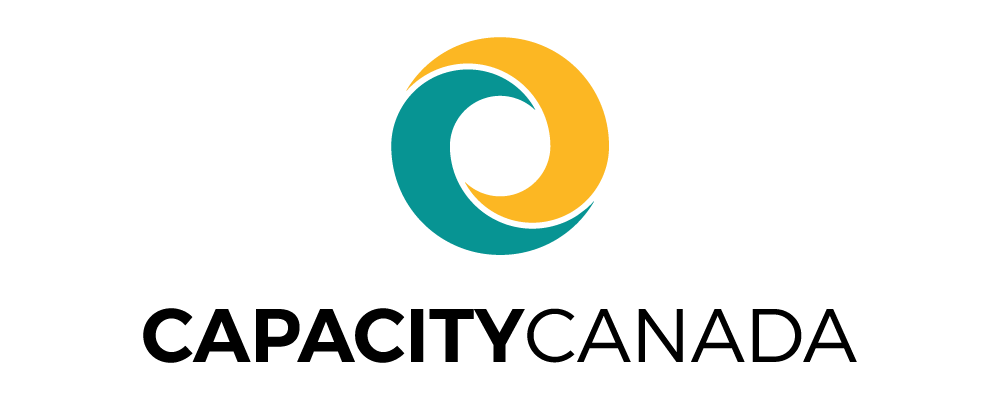Look, it happens.
Good leaders leave, sometimes suddenly, after a long, successful tenure.
New opportunities, illness, a shift in the alignment of interests between the board and its chief executive — the reasons vary.
It just pinches a bit more in the charitable not-for-profit sector. In Canada anyway, these tend to be small-to medium-sized outlets of abundant hope and good work. But they run lean, and finding somebody to step in for the short-term isn’t usually as easy as getting the next-most-senior staffer to do it.
And it looks like the problem will be around for some time. A study the Mowat Centre prepared for the Ontario Nonprofit Network in 2013 found that 55 per cent of executive directors planned to leave within four years.
That’s a lot of disruption. Wouldn’t it help if organizations could call in some interim support — somebody who has successfully led several not-for-profits and can give boards time to sort out the next-steps and recruit?

Capacity Canada has set up a new program with exactly that in mind. Stephen Swatridge, who led what became known as KidsAbility for many years, has a new role as Capacity’s executive-for-hire for short-term assignments.
In April, Swatridge wrapped up seven months as interim chief executive officer of Carizon, while the board of the Kitchener-based multi-service agency carefully and thoughtfully recruited to fill the job permanently.
Here’s what he had to say about the value of interim leadership.
When you left KidsAbility, you could have truly retired to focus on pastimes you love most. Hiking, for example. What’s keeping you in the game?
I don’t think of it as retiring. I’m looking for new challenges. I really enjoy the interplay of governance and strategy and leadership. I wanted to apply that knowledge and my hard-earned experience to other organizations.
Before I left KidsAbility, I sought out mentors who helped me make the transition. When we boiled it down, it was about following my passion and not being afraid to say no to things I don’t want to do.
The other thing is, I’m not hung up on the title. I’m not limiting my role as an interim manager to the top job. I’m more interested in helping organizations be more effective and successful. That’s the challenge that motivates me.
What advantage does an organization get out of having an interim leader?
Typically, a board feels rushed in replacing an executive director, and that often doesn’t work out well. Also, organizational needs change and the skills of a new leader are often different from the past leader. An interim person allows a board to pause, step back and ask what it should be looking for in a leader for the future.
Somebody signing on for the interim has seasoned expertise as well as fresh eyes and perspective to look after the day-to-day processes. The board then focuses on what the future should look like, and the leadership it needs to get it there.
As an interim person, you also can be more candid with the board without worrying about long-term relationships. You work with staff to deal with operational concerns so the new leader comes into a neat, well-run organization.
I didn’t work alone — I counted on Carizon staff to help me understand issues and the people behind them. I prefer a team approach rather than just one perspective on things.
What’s one key thing you did to prepare for your assignment?
You have to make it clear that you are there in a transitional role. It has a beginning and an end, and you don’t lose sight of that. At the end of my time at Carizon, I received an invitation to an event. I was going to go, then I thought: ‘They have a new leader. It’s time to disconnect.’
After investing your time on a temporary basis, how do you unplug?
In my case, it was a process of sharing my observations and perspectives with the new chief executive officer. When I felt confident that I had done that, it was time to back out the door.
What advice do you have for organizations preparing for a change in leadership?
First, take a deep breath. There are some great leaders around. Look carefully for a new leader whose skills align with your agency’s values and culture.
• Have a thoughtful, blunt conversation at the board level about what the organization would like to have in a new leader. Then form a subcommittee to lead the recruitment process.
• Get some outside help — external advisors — in the recruitment process. It gives the board access to a far greater pool of candidates, and takes out the tendency to solicit board members for ideas about who might fill the role.
• Finally, boards should take their time, and check out candidates from a number of perspectives. Talk to other leaders, including those within the organization, about the qualities needed for leadership success.
To find out more, contact Cathy Brothers, Capacity Canada’s chief executive officer, at [email protected].

